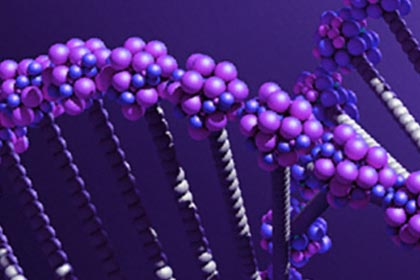AAV Vectors in Gene Therapy: Measuring & Optimizing Quality
Adeno-associated viruses (AAV) are promising vectors for in vivo gene therapy. They can deliver a genetic payload of up to 4.7 kb and infect a wide range of cell types with virtually no pathogenicity. AAV production is a stepwise process that begins with construction of a transfer plasmid and ends with packaging of the recombinant genome into […]
View Blog
















